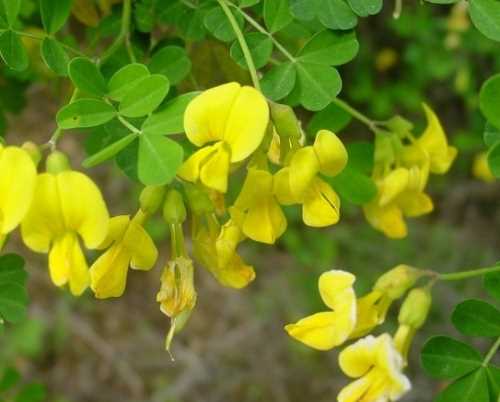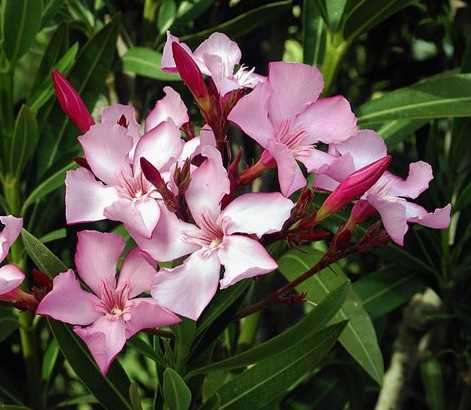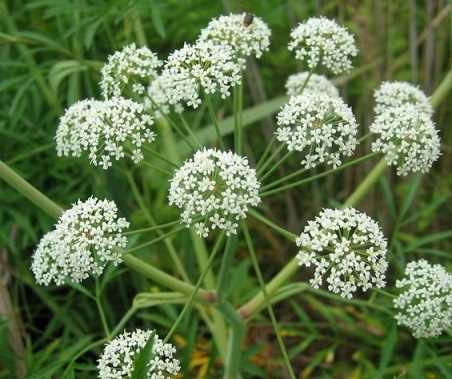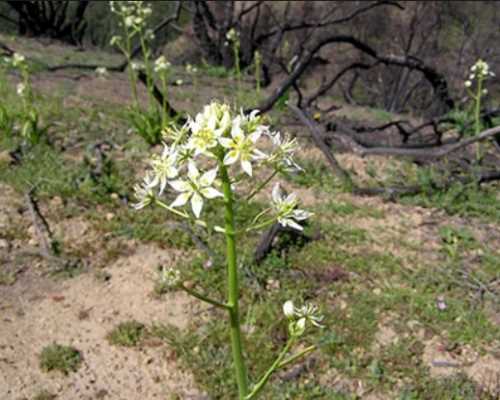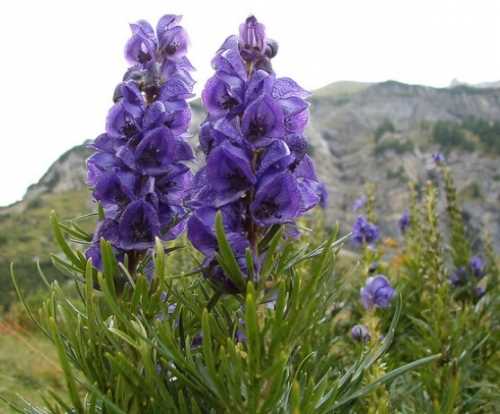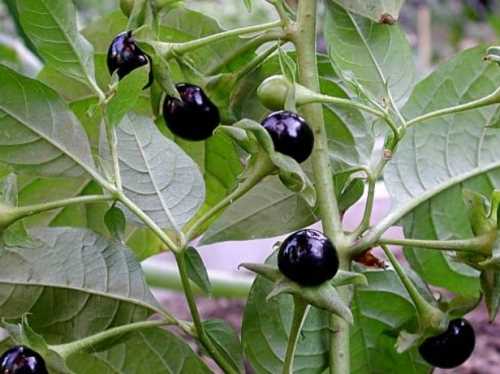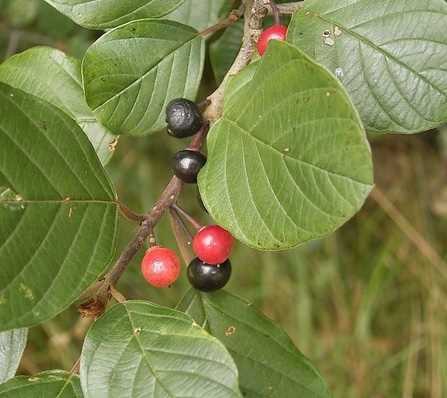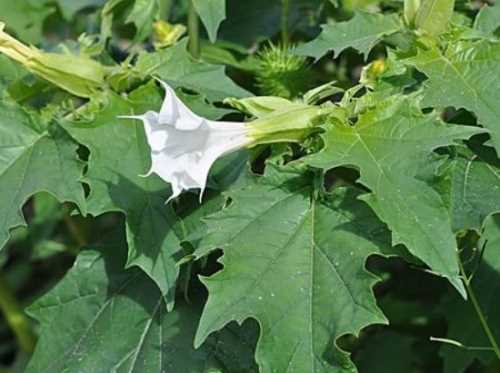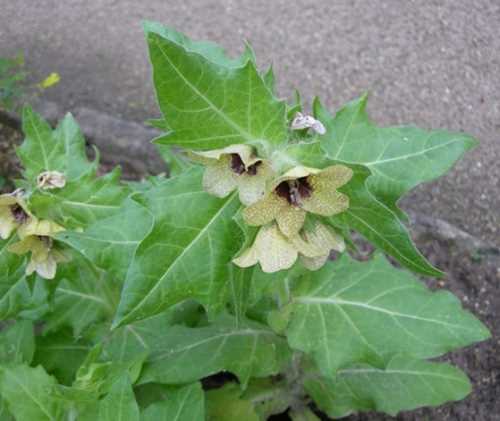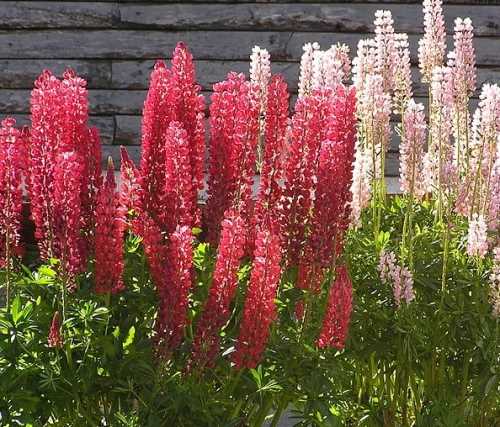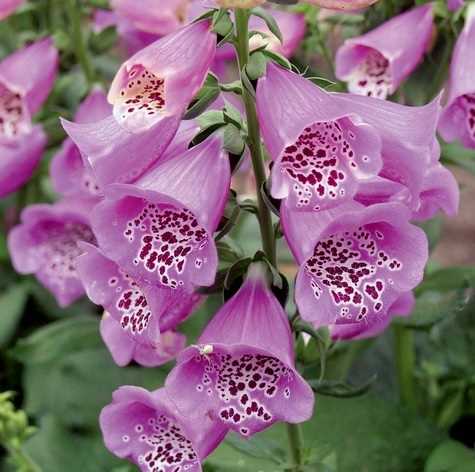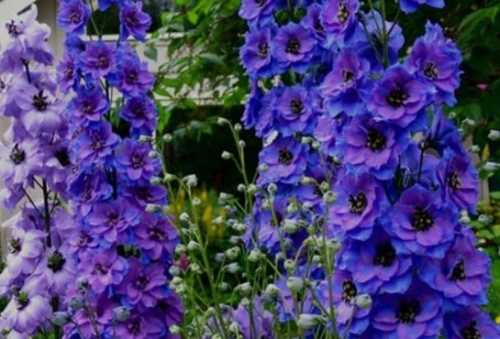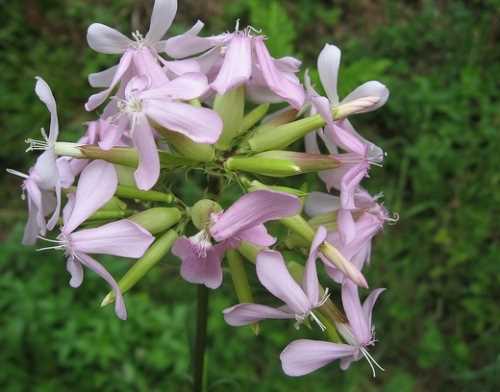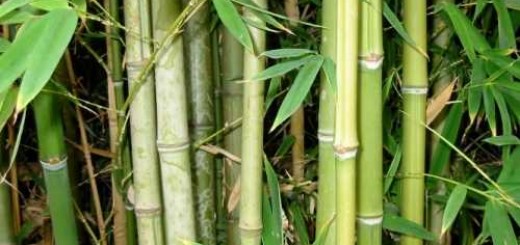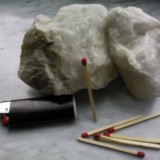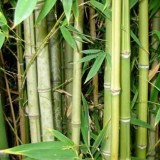BASIC RULES TO EAT PLANTS
BASIC RULES TO EAT PLANTS
RULES FOR DISTINGUISH AN EDIBLE PLANT FROM A NOT EDIBLE PLANT

Plants are much easier to find of the flesh, the human body can survive easily by eating only vegetables, even for long periods.
Worldwide, there are many plants, and it is practically impossible to recognize them and distinguish them all, even for the most experienced. There are places like the deserts (hots and colds) where the flora is reduced to a few species of plants, in this case it’s easy memorize them all, but in other places such as the rainforest is impossible memorize them all, even for an inhabitant of the area. Remember that about two-thirds of the plants and animals present in the world are located in the rain forest. The flora is so vast and varied that thousands of plant species are still unknown.
The plants in a survival situation are fundamental. From plants we can eat and drink. Trunks, branches, and leaves can provide shelter, firewood, material for the construction of containers for food and water, utensils, ropes, clothing… From the plants we can create medicines (see natural remedies herbal and the alternative medicine). Also the venom of the plants may come in handy for example to poison the tip of an arrow to hunt a prey. That’s why we have to learn more about trees and plants and how to exploit them to our advantage. For example, we can begin to study the flora in our region and then the national one.
Before embarking on an expedition to a foreign country it’s always best to inquire about the type of flora and fauna that you will face. Unfortunately, it’s very difficult learn to recognize plants without practical experience, an illustrated manual isn’t enough to recognize plants, especially for the more ambiguous species. The photographs of the books are often not clear and don’t illustrate a plant in all its developmental stages (on the books there is almost always the image of the flower) and also the textual part is sometimes not able to fully describe the feelings you feel in front of a type of plant, such as the smell, the taste, the perception to the touch, and the sound it makes when trampled. Think of the vastness of plants found in the tropics, many of which are still not even discovered, there would be a huge risk in eat them. Hence the rule that applies above all: eat only plants that you know.
How to begin to learn about plants:
Go in the woods with experts in the field, attend a survival course, speak with farmers, visit botanical gardens, greenhouses and specialty stores, buy illustrated manuals and guides to deepen your knowledge. When you find an edible plant, concentrate on it. Observe it, touch it, smell it, try to memorize its characteristics, its shape and its color, and finally taste it. The taste and the sensations that you will experience, will make you remember the type of plant for a long time. If you encounter poisonous plants, do not lose too much time on them, because if they are not edible do not interest you. When you meet herbalists, botanists, people who living in close contact with nature, indigenous people, etc… don’t miss the chance to socialize with them, you could learn a lot.
Some basic rules and advices:
- If you are uncertain about the edibility of a plant, avoid it. It is better to suffer the pangs of hunger, than to eat and then feel bad.
- The cooking is very important because it eliminates germs.
- Never eat mushrooms, there are many poisonous species and not worth the risk also because their protein intake is very low. Cooking or boiling do not remove toxic substances and poisonous. Do not risk because there are no antidotes for poisonous mushrooms.
- Do not eat foods with mold.
- Do not eat the plants that contain dense and whitish liquid or milky sap (they can be poisonous), or plants that are very bitter and disgusting or that have a flashy or brilliant colour.
- Cereals are edible (Corn, Wheat, Rice, Millet, Barley, Sorghum, Oats, Rye, Triticale, Buckwheat, Fonio and Quinoa). Do not eat those that have blackish growths instead of seeds.
- Do not eat the plants with coloured sap, which have the fruits divided into 5 segments, herbs with hair on the stems and leaves.
- If one part of a plant is edible this is not true for all of its other parts.
- Do not taste the plants that do not know, but if you really want, taste them in small doses. Follow this procedure: put it in the mouth but not swallow it. If you not feel bad tastes, tingling, burning, bitter or acid taste, try to eat a small dose. If after 6 or 8 hours do not show reactions such as vomiting, stomach pain or diarrhoea, try increasing the dose and wait another 6 hours. If you do not experience side effects (also in high doses) the plant can be considered harmless.
- If you realize that you have ingested toxic food, causing vomiting immediately (by inserting one or more fingers in the throat), and then drink salt water and milk.
- The plants that cause skin irritations should not be eaten (rub the sap of the plant on the inner side of the forearm, if you irritate or swells avoid it).
- Also edible plants could trigger an allergic reaction, it is very important to know the plants to which you are intolerant (the main test for the diagnosis is the allergy skin test). If you are allergic subjects it is always useful to have on hand antihistamines.
- Avoid eating the old leaves fallen to the ground.
- Many solanaceous plants contain solanine (is toxic) in the green parts such as buds, flowers, stems, leaves and tubers.
- Most fabaceae are edible and can be found in any region of the globe (bean, pea, broad bean, lupine, chickpea, peanut, soybean, lentil).
- Although plants of tomatoes and potatoes are edible, you must avoid the green parts because they are toxic and can cause even death. Strictly avoid potatoes green.
- The crushed pieces of leaves, shoots and fruits that smell of almonds should be avoided.
- Avoid the mature ferns, eat only its shoots. Over 200 types of ferns found in the flora of the hemisphere above the equator are edible at youthful stage.
- Most of the fruits are edible uncooked, but if you find an unknown fruit with strange colours, avoid it.
- When in doubt, always avoid the bulbs.
- Avoid plants that have umbrella-shaped flowers (this does not apply to carrots and parsley).
- The edible seaweed can be found in shallow water, they form very dense layers on the rocks or on the water surface and they float.
- Always boil or roast the tubers found in the subsoil (but if you are not sure that they are edible, avoid them because some can be dangerous).
- Flowers and ripe berries of elder (except the seeds inside them) are edible, the rest of the plant contains cyanide, don’t consume them. With elder flowers you can make an excellent syrup to quench your thirst.
- You can eat the inner bark of a tree, the part closest to the wood. You can eat the bark uncooked. Do not eat the outside bark.
- You can make a good porridge boiling oats in the water.
- All types of nuts are edible. They are eaten raw. The acorns you can cook.
- Roots and rhizomes of the edible plants can be eaten. Same thing goes for the sprouts (always boil them).
- If you find oleander shrubs do not eat them because they are poisonous, and if you find a water sources in its vicinity, be careful, because the oleander sap may have poisoned the water.
- The oleander plant can be recognized by its pink flowers with 5 petals, it is poisonous in all its parts (leaves, flowers, sap, roots, seeds, bark and branches).
- Do not use oleander wood for cooking on a spit because you could poison the food. The oleander causes tachycardia, vomiting, tremors, diarrhea, drowsiness, and can also lead to coma.
Useful and edible plants:
Poisonous plants:
It’s always useful to know the poisonous plants in order to avoid them immediately.
- Nerium oleander (oleander)
- Conium maculatum (hemlock or poison hemlock)
- Cicuta virosa (cowbane or northern water hemlock): more dangerous than the C. maculatum born near marshes.
- Aethusa cynapium (fool’s parsley, fool’s cicely, or poison parsley): attention!! This plant is very similar to the garden parsley.
- Toxicoscordion fremontii (common star lily, Frémont’s deathcamas, star zigadene)
- Aconitum napellus (monk’s-hood, aconite, wolfsbane)
- Atropa belladonna (belladonna, deadly nightshade): its black berries can cause death if you do not receive immediate medical care.
- Rhamnus frangula (alder buckthorn, glossy buckthorn, breaking buckthorn).
- Datura stramonium (Jimson weed, Devil’s snare)
- Hyoscyamus niger (henbane, black henbane, stinking nightshade)
- Lupinus (lupin or lupine).
- Digitalis (foxgloves)
- Delphinium (larkspur)
- Saponaria officinalis (soapwort, bouncing-bet, crow soap, wild sweet William, soapweed)
- Hippocrepis emerus (scorpion senna)
